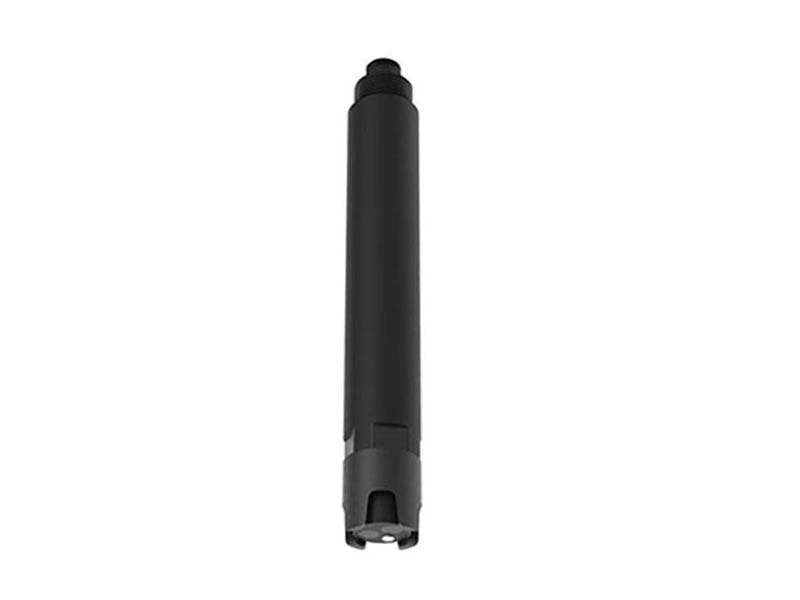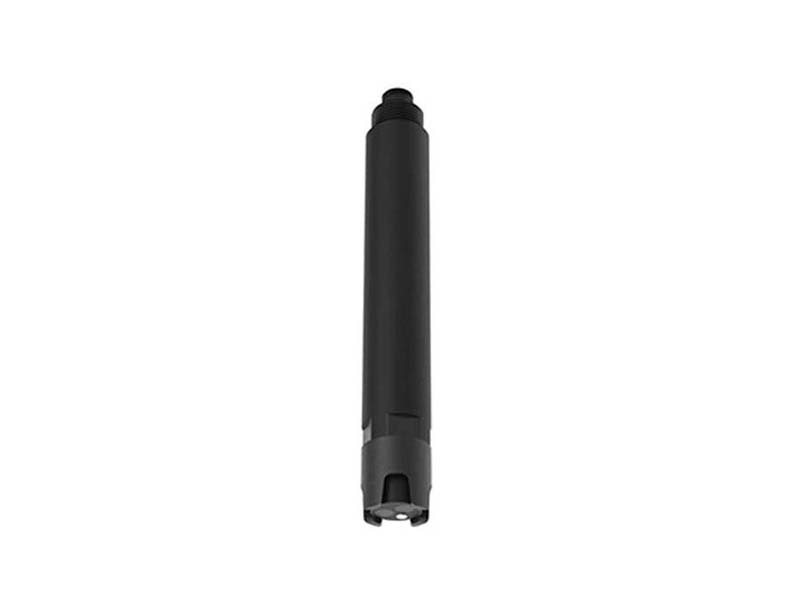Product Center
-
Multi Parameter Water Quality Analyzer
-
COD/BOD Analyzer
-
Determination of Ammonia Nitrogen
-
Determination of Total Phosphorus and Total Nitrogen
-
Biological Toxicity Testing
-
Disinfection Residue Determination
-
Online water quality monitoring instrument
Dissolved oxygen online analyzer PH online monitoring device Chloride ion online monitoring instrument Conductivity online monitoring device Turbidity online monitoring instrument Online water hardness monitoring instrument ORP online monitoring device Residual chlorine online monitoring device Total organic carbon monitoring equipment -
Other related tests
Water quality heavy metal detector Infrared oil analyzer Water quality nitrite analyzer Colorimeter Dissolved oxygen analyzer Turbidity detector Total OrganicCarbon Analyzer Chlorophyll detector in water Suspended solids analyzer Water quality total hardness/total alkalinity detector Surfactant detector Proportional water quality sampler Microbial detector in water Sulfide acidification blowing instrument Carbon dioxide detector in water Online water quality sensor Volatile Phenol Analyzer
Recommended articles
- How accurate is a TOC analyzer?
- Bromate Rapid Detector: Essential for Ensuring Packaged Drinking Water Safety
- Water Quality Detector | Portable Multi-Parameter Analyzer
- What is a handheld water quality tester for for water quality measurement?
- What instrument is used to measure TOC?
- Infrared spectrophotometer: the "spectral guardian" guarding green mountains and clear waters
 Current
location:HOME>PRODUCT>Other related tests>Online water quality sensor>Online pH Sensor for Water Quality
Current
location:HOME>PRODUCT>Other related tests>Online water quality sensor>Online pH Sensor for Water Quality
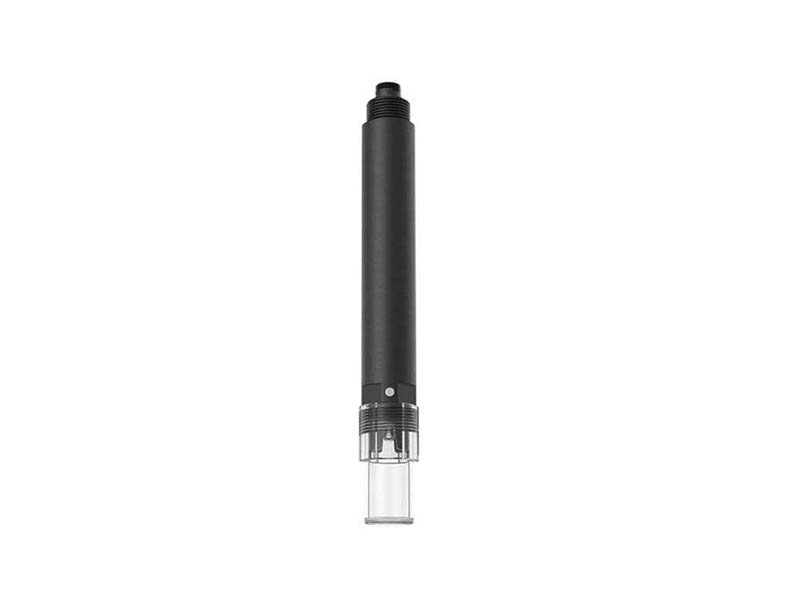
Product details

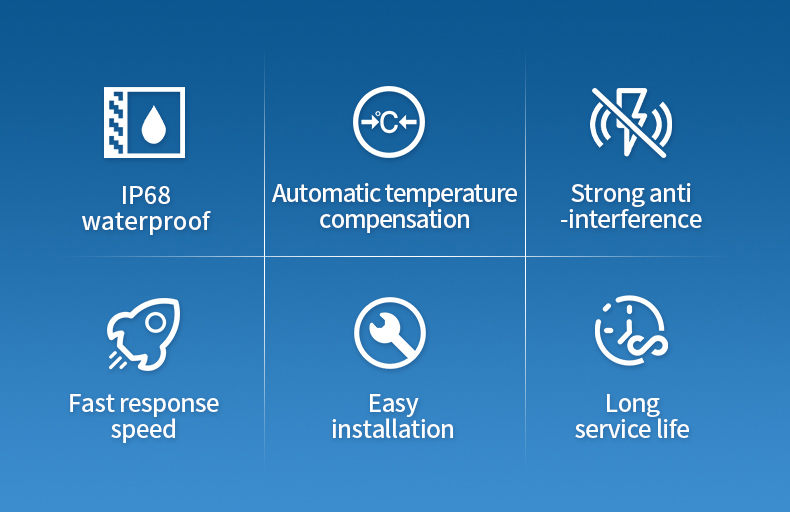

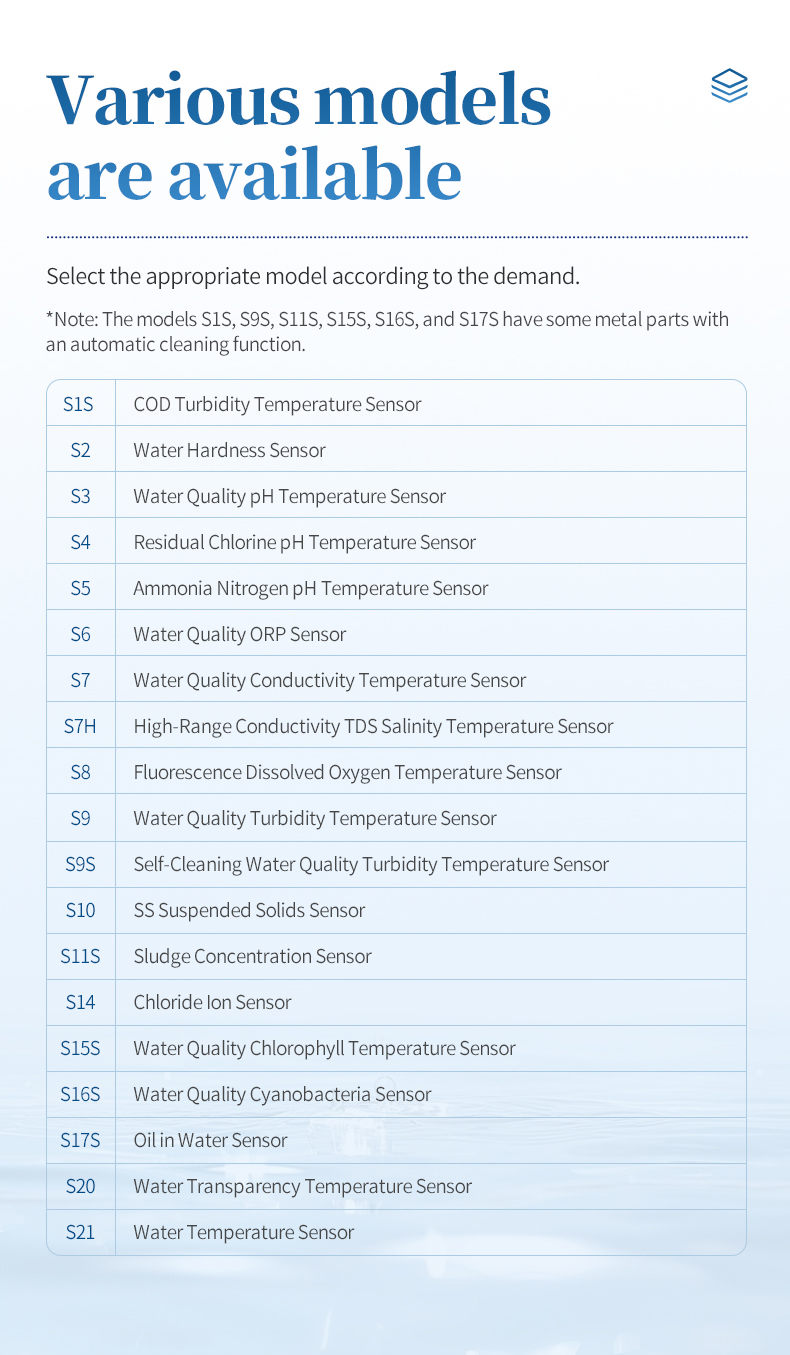
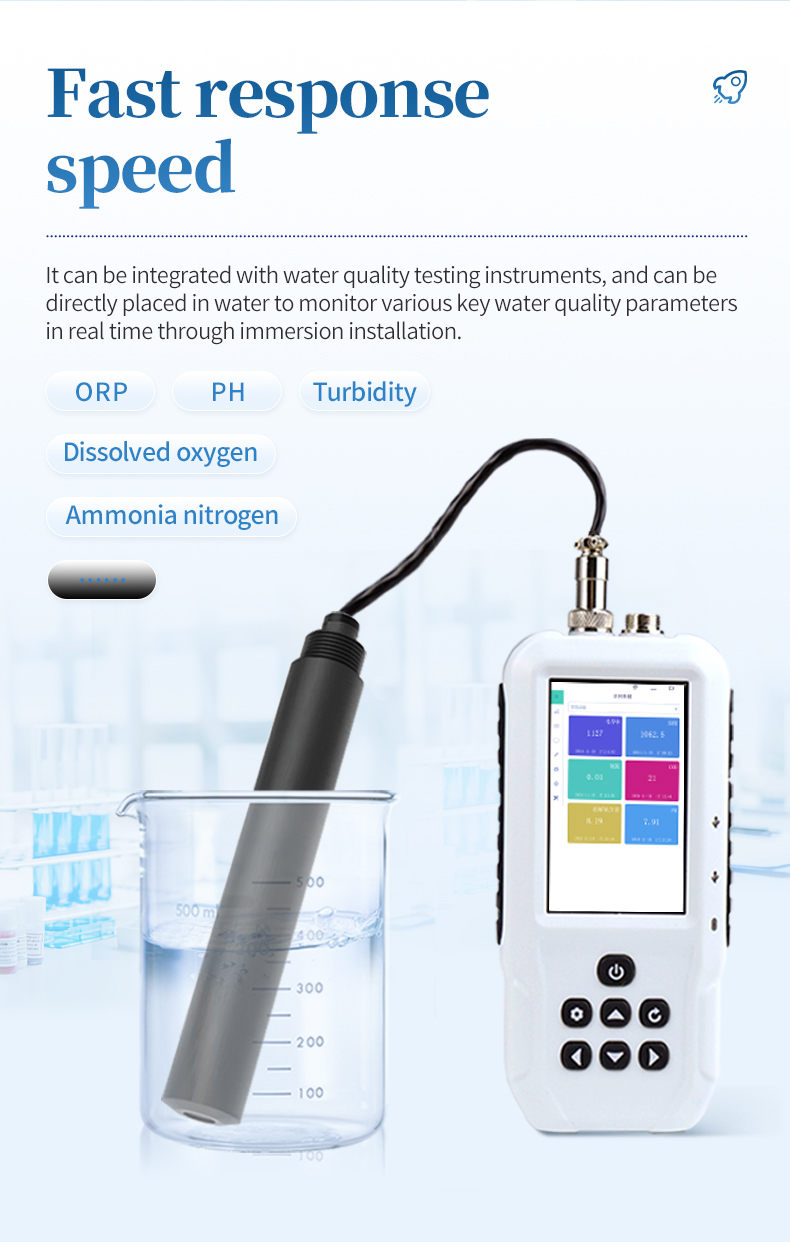
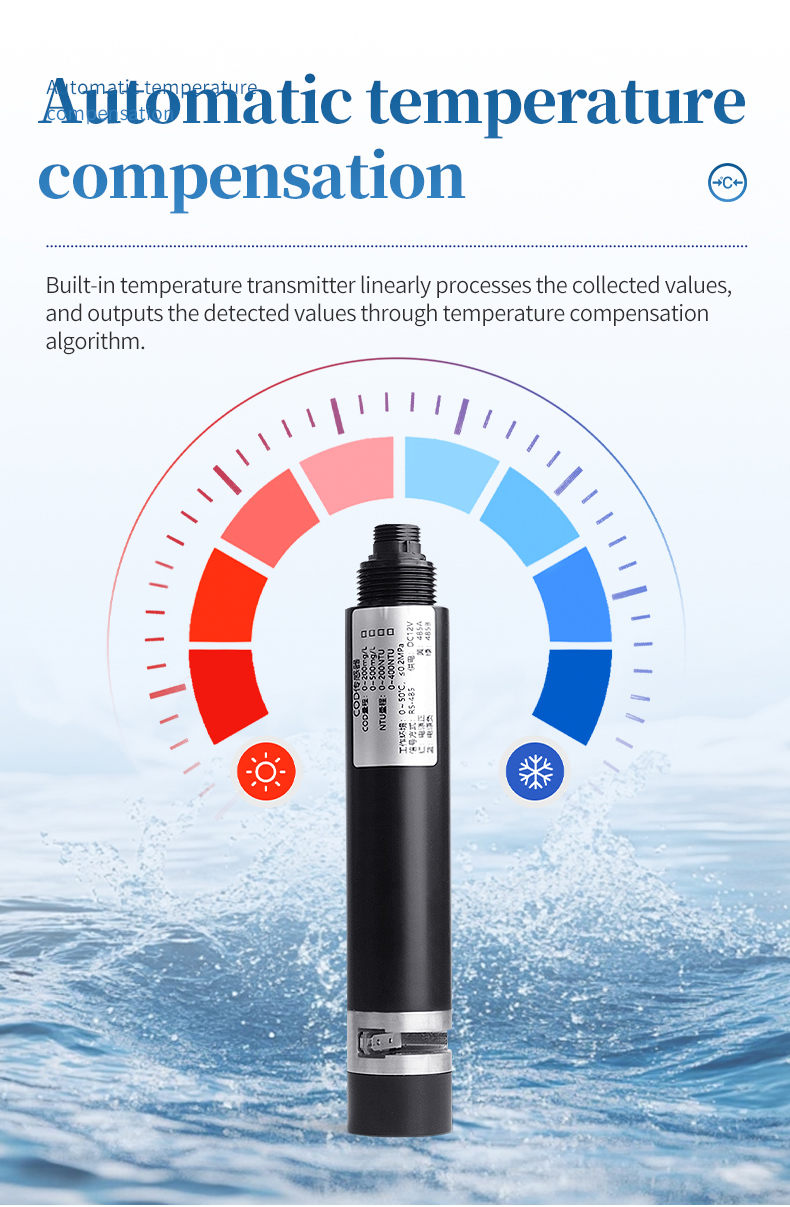
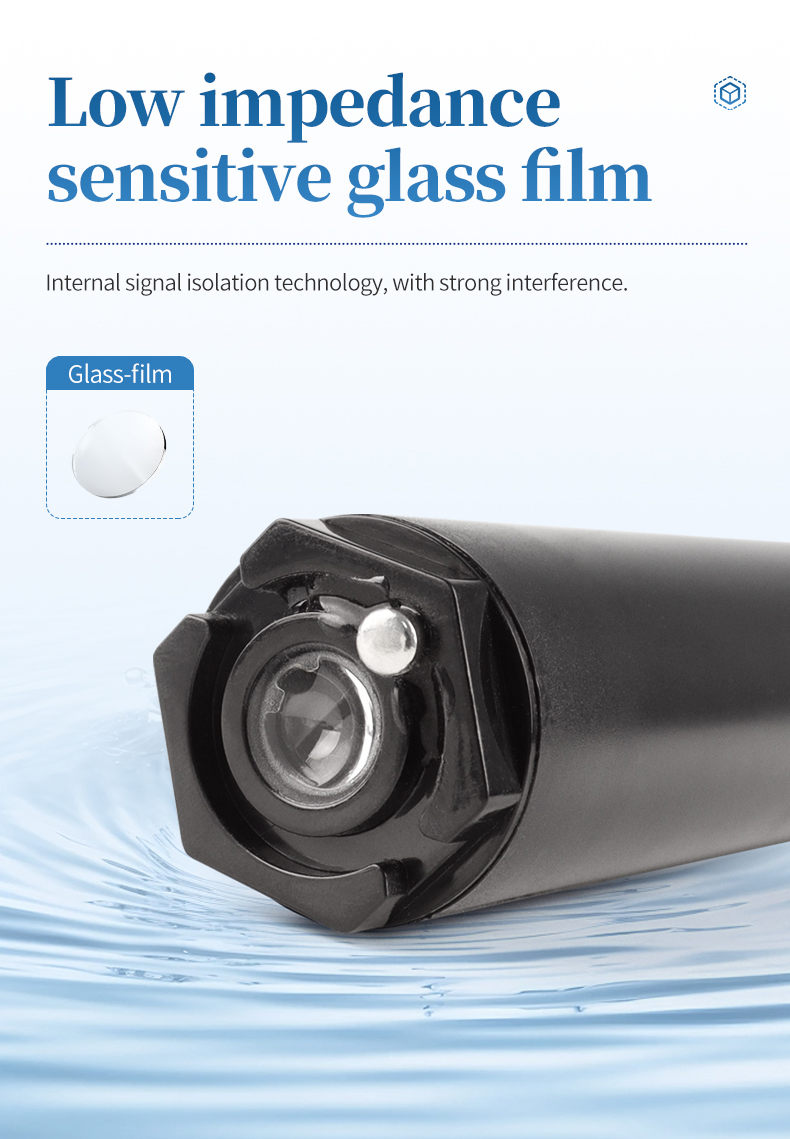

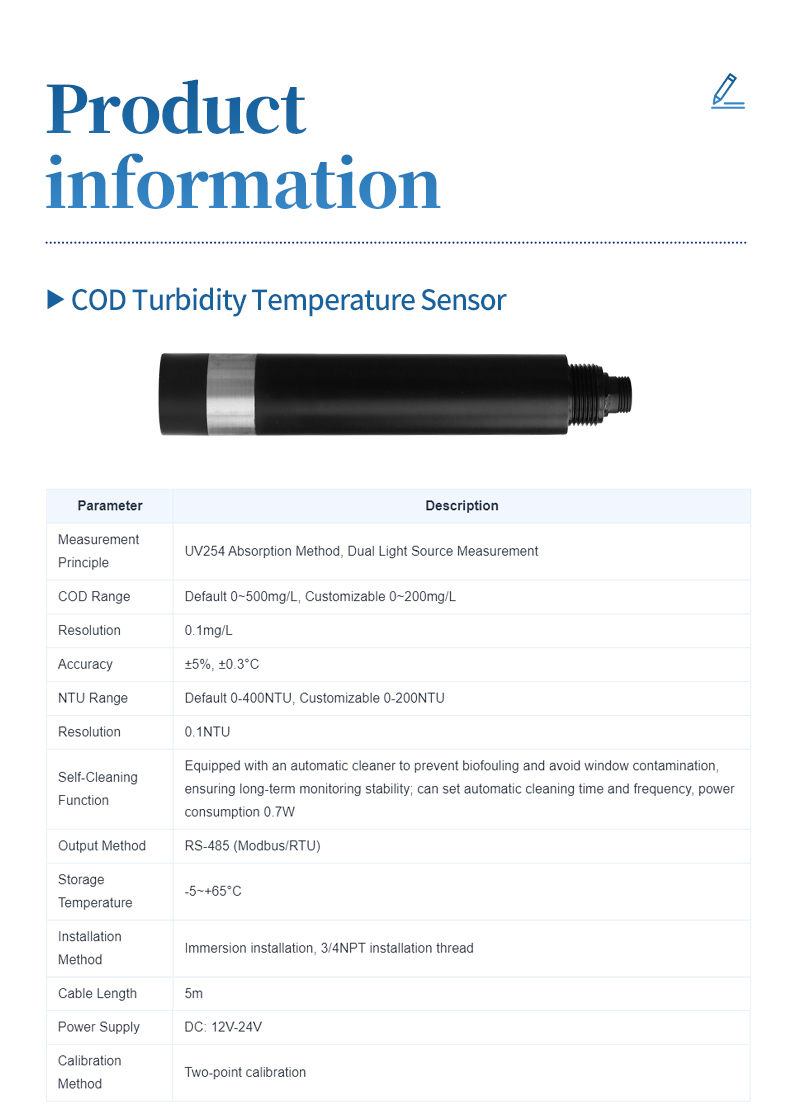

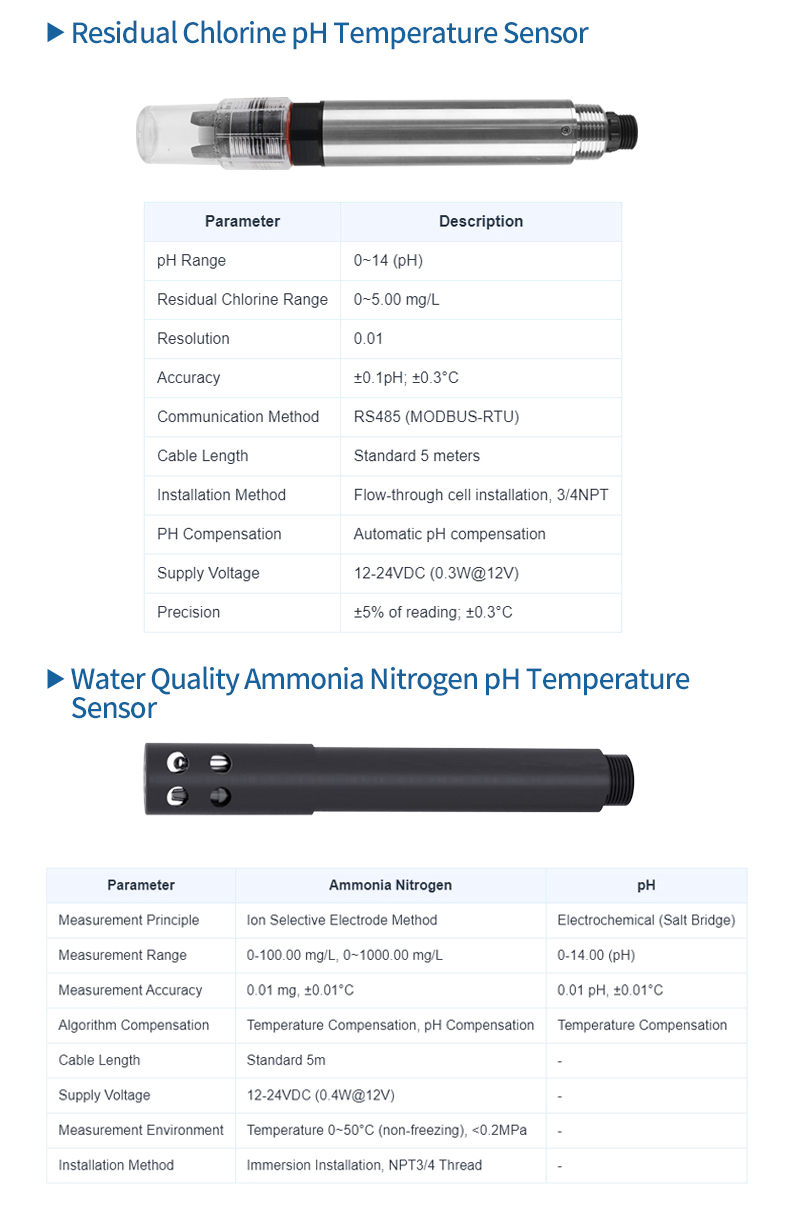
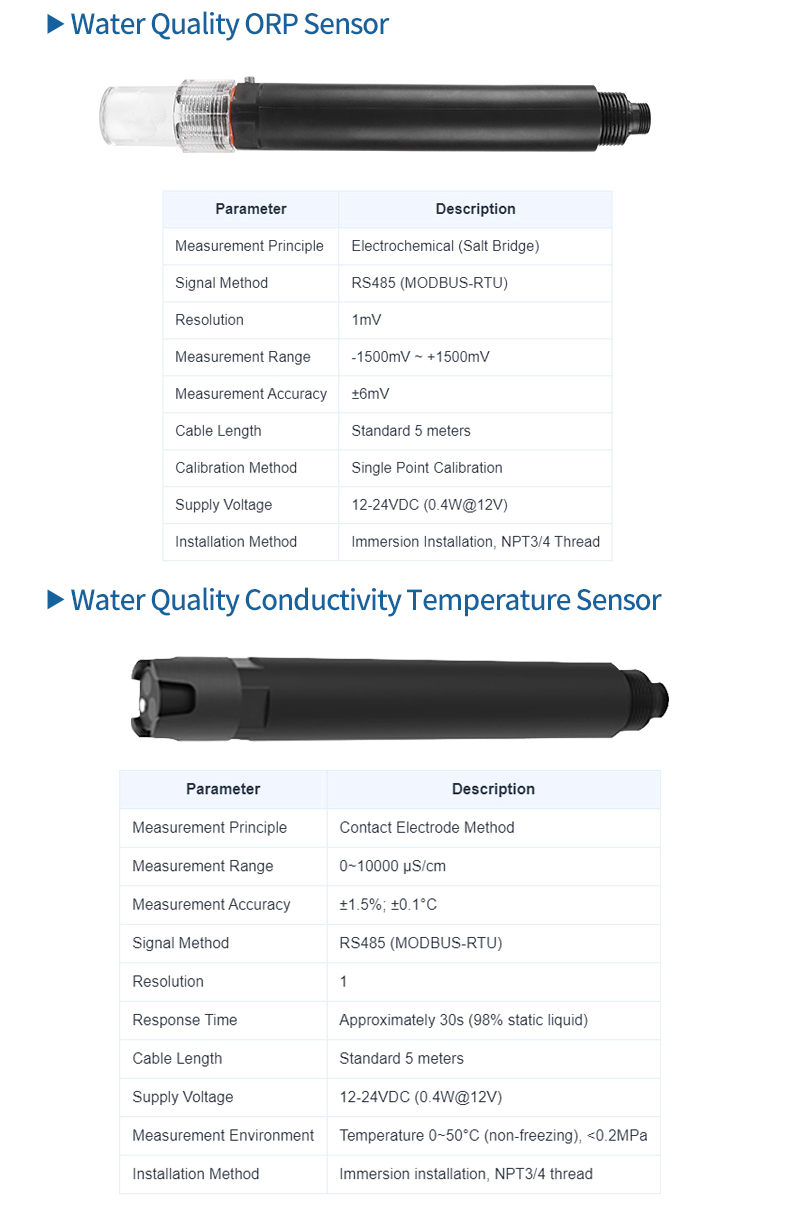
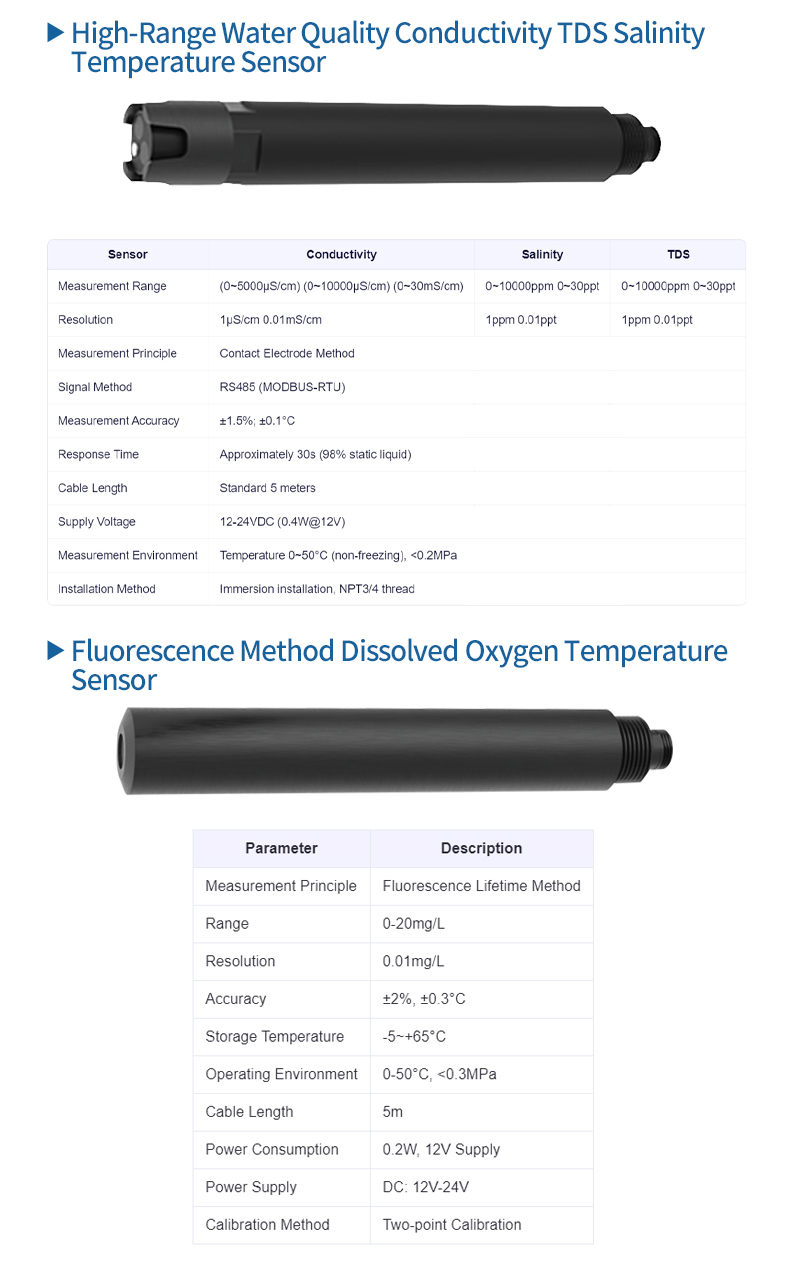
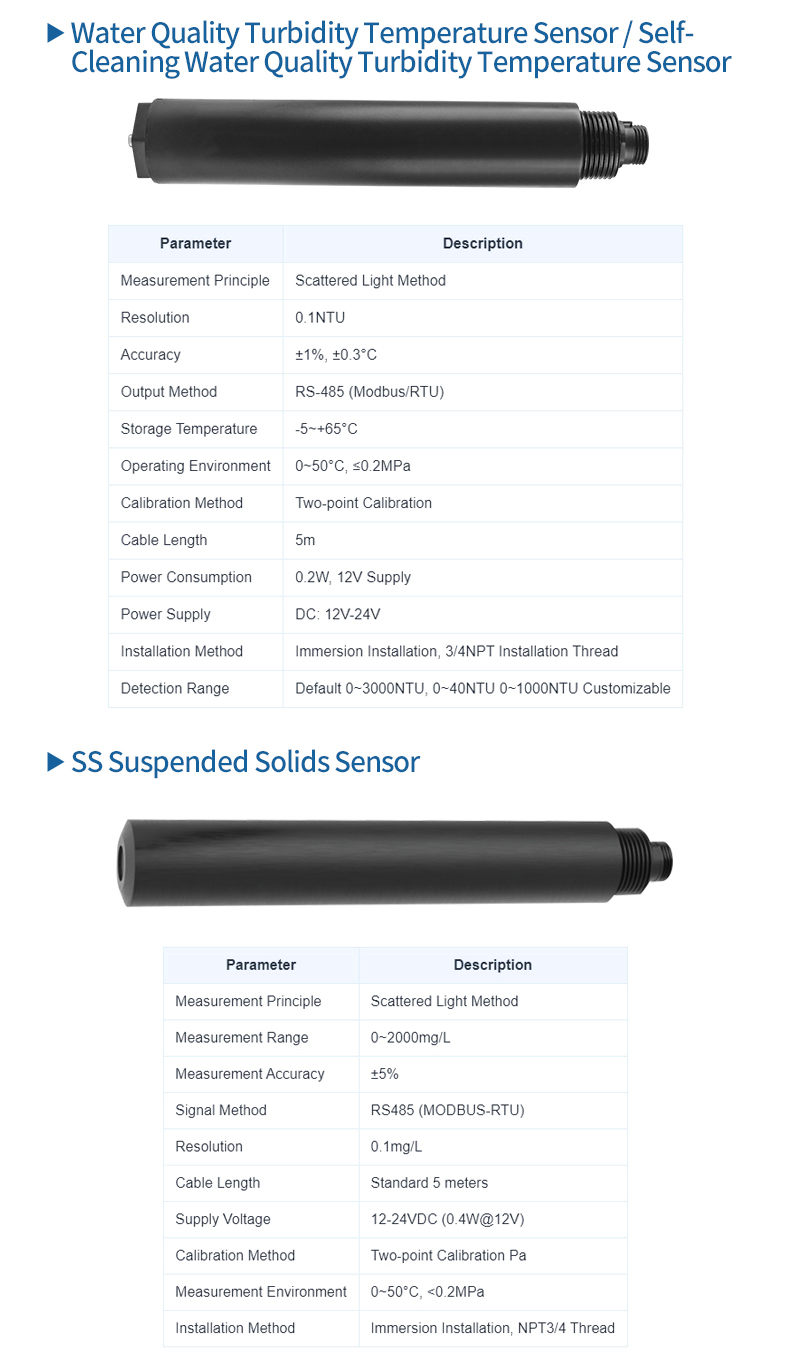
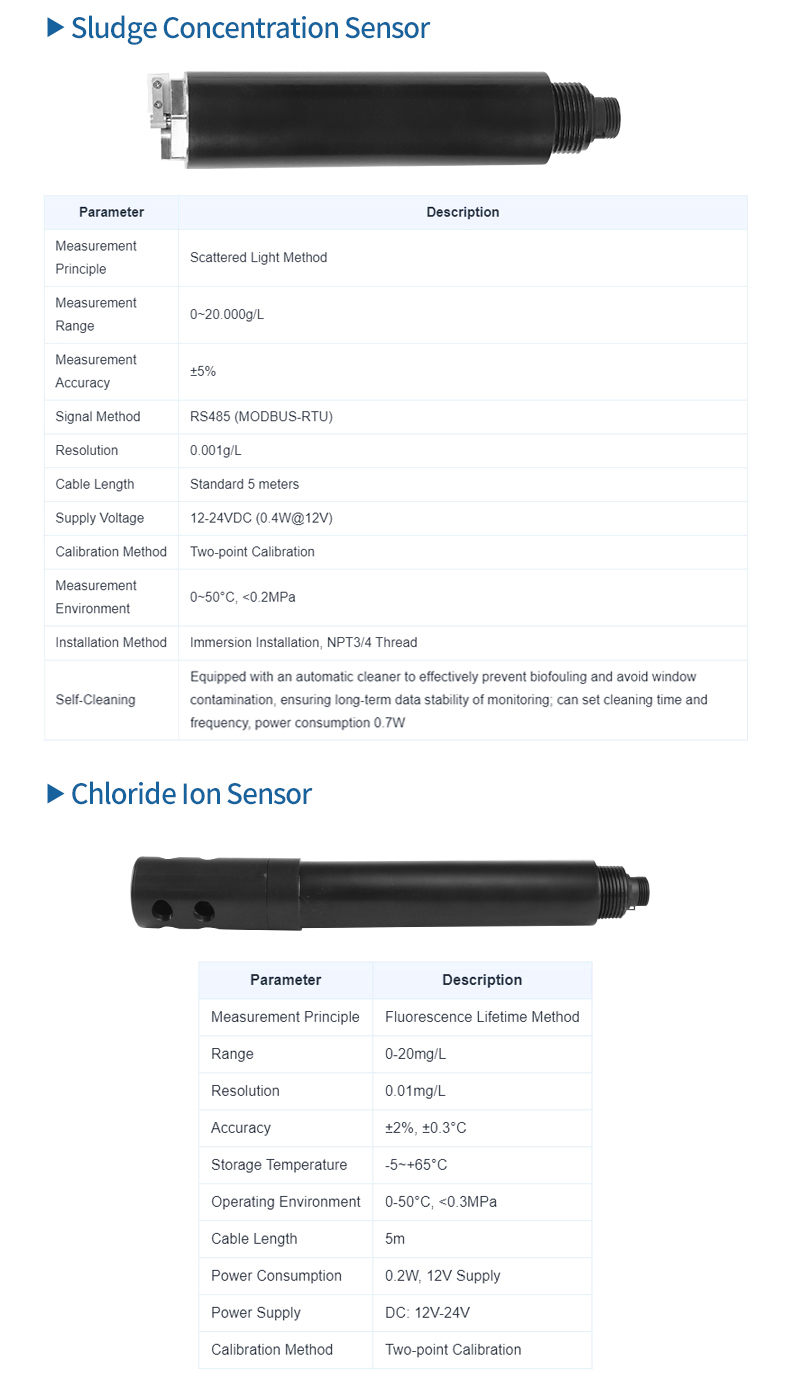
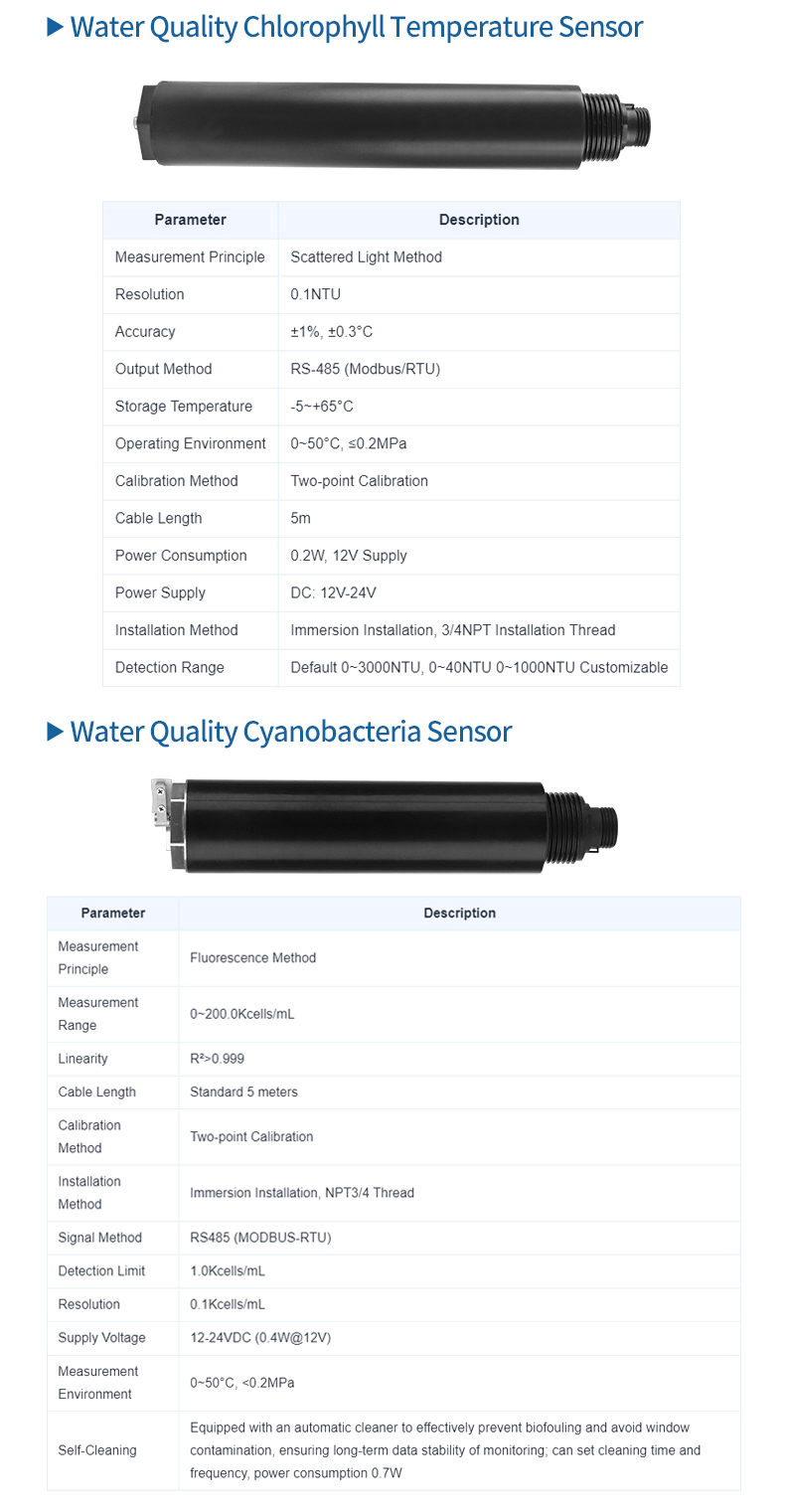
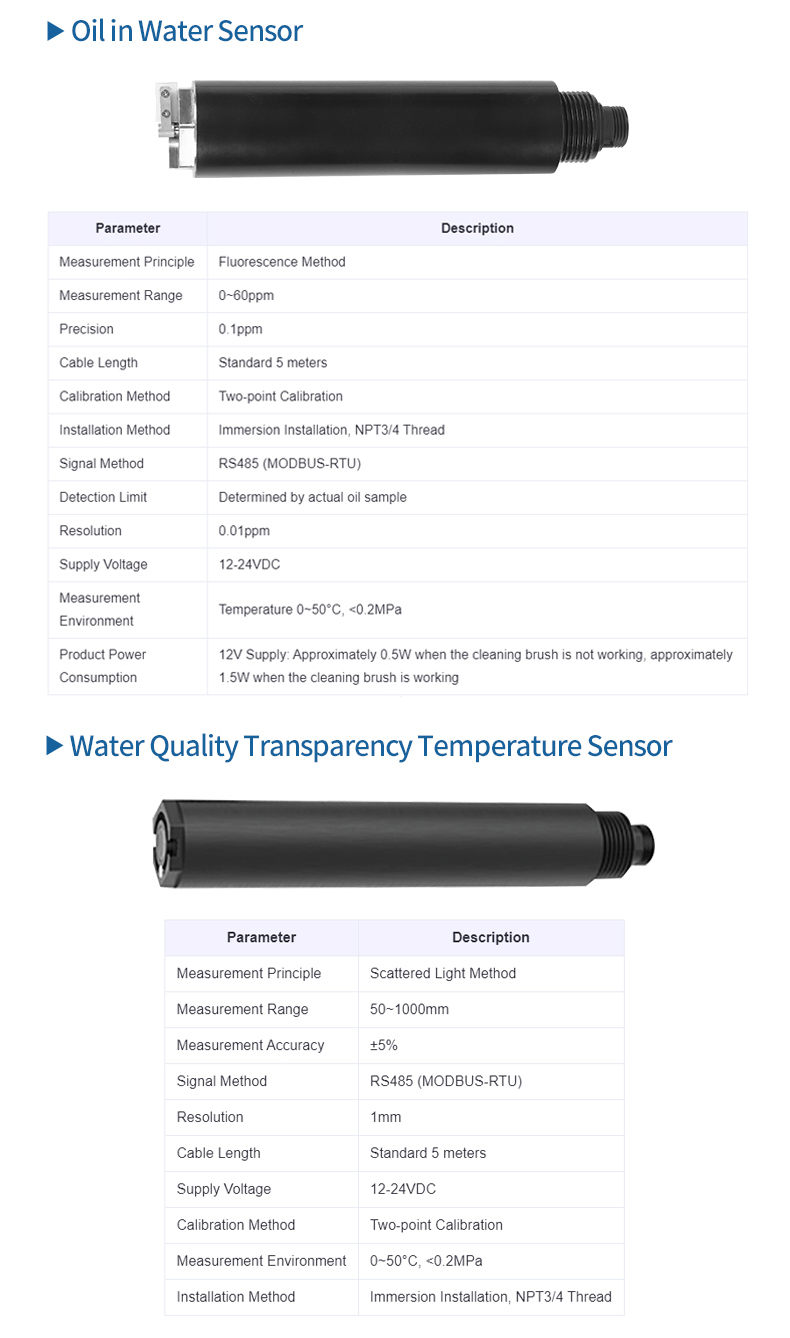
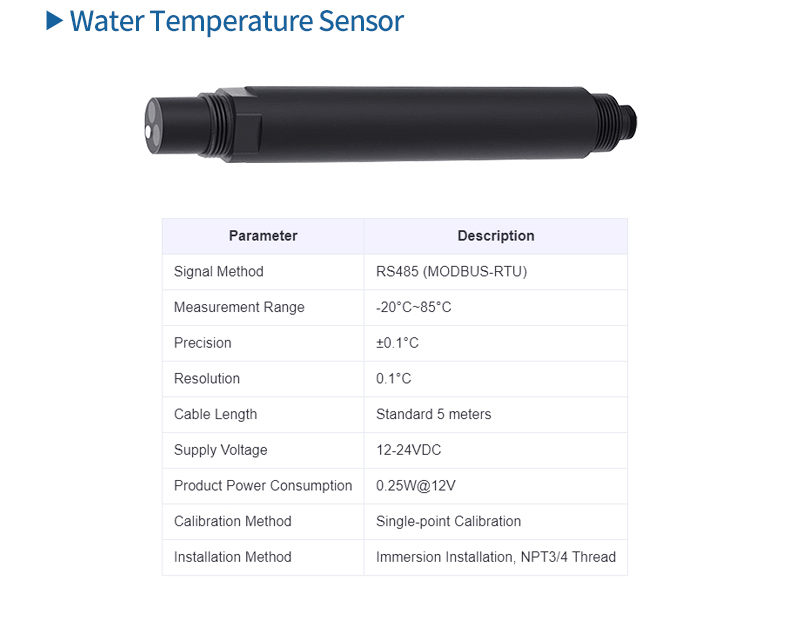
Application Environment Description
Used for environmental water quality testing and various high/low ion strength water sample testing, it can meet the requirements of most industrial/environmental applications for online pH measurement.
Signal output: RS485 (MODBUS-RTU), 4-20mA current output.
Low impedance sensitive glass film, internal signal isolation technology, strong anti-interference ability.
Good reproducibility, thermal stability, low drift, small size, fast response speed
Easy to install, simple, 3/4NPT pipe thread, easy to sink or install in pipelines and tanks, stable performance, long service life
IP68 waterproof standard
Technical Specifications
Measurement principle: electrochemistry (salt bridge)
Signal mode: RS485 (MODBUS-RTU)
Measurement range: 0-14.00 (PH)
Measurement resolution: 0.01
Measurement accuracy: ± 0.1PH, ± 0.1 ℃
Response time: approximately 10 seconds (98% flowing liquid) and approximately 15 seconds (98% stationary liquid)
Shell material: ABS
Temperature compensation: automatic temperature compensation
Cable length: standard 5 meters
Supply voltage: 12-24VDC( 0.4W@12V )
Measurement environment: temperature 0~50 ℃ (non freezing),<0.2MPa
Waterproof rating: IP68
Installation method: Immersion installation, NPT3/4 thread
Installation and electrical connections
1. Installation
Attention: The sensor should not be installed upside down or horizontally, and should be installed at an angle of at least 15 degrees.
2. Electrical connection
The cable is a 5-core shielded wire, and the line sequence is defined as follows:
Brown - Power cord (12~24VDC) Black - Ground wire (GND)
Green -485B Yellow -485A
Before powering on, carefully check the wiring sequence to avoid unnecessary losses caused by wiring errors.
Maintenance and upkeep
When used for the first time or left unused for a long time, the sensitive bulb and reference liquid should be immersed in a 3.3mol/L KCI solution for more than 2 hours.
Before use, rinse and dry with deionized water (or distilled water) to prevent impurities from entering the measured liquid. One third of the sensor should be inserted into the measured liquid.
The wiring terminal should be kept clean and dry, and the sensor should be cleaned when not in use. It should be inserted into a protective sleeve containing 3.3mol/L KCI solution or into a container containing 3.3mol/L KCI solution.
Check if the wiring terminals are dry. If there are stains, please wipe them with anhydrous alcohol and let them dry before continuing to use. Sensors should avoid prolonged immersion in deionized water, protein solutions, strong acid and alkali solutions, and acidic fluoride solutions, and prevent contact with organic silicone oils and fats. Sensors that have been used for a long time may have their glass film become semi transparent or have sediment attached. In this case, dilute hydrochloric acid can be used to wash and rinse with water.
When the sensor has been used for a long time and measurement errors occur, it can be calibrated and corrected by cooperating with the instrument. If the above methods of maintenance and upkeep still cannot calibrate and measure the sensor, it indicates that the sensor has failed and should be replaced.
Article address:http://www.hmwatertesting.cn/qtjc16/129.html
- Previous: no more
- Next: Online Residual Chlorine Sensor
Related articles
-
Water Quality Ozone Detector: Rapid and Accurate On-Site Ozone Monitoring Solution
2025-09-19 -
COD Tester: Accurate and Efficient, Mastering the Pulse of Water Quality
2025-07-15 -
Product Knowledge Graph White Paper for Hengmei Intelligent Multi-Parameter Water Quality Tester (Model: HM-T100)
2025-11-12 -
Portable biological toxicity detector: reshaping the water quality safety defense line
2025-07-15 -
Bromate Rapid Detector: Essential for Ensuring Packaged Drinking Water Safety
2025-09-30 -
BOD Analyzer | Effluent and Environmental Testing
2025-10-22 -
How to Test Residual Chlorine in Water? Portable Chlorine Dioxide Detector Solution
2025-10-15 -
Water Quality Detector | Portable Multi-Parameter Analyzer
2025-10-15

 +86 17853698681
+86 17853698681